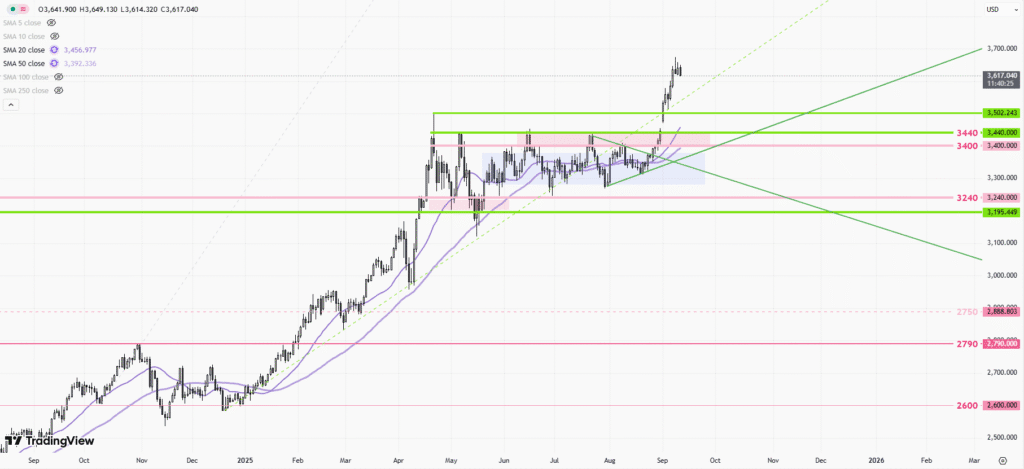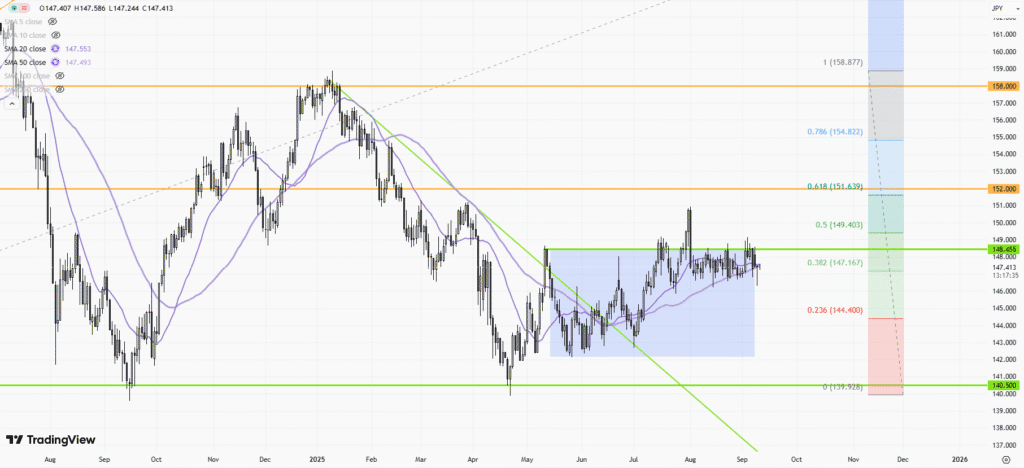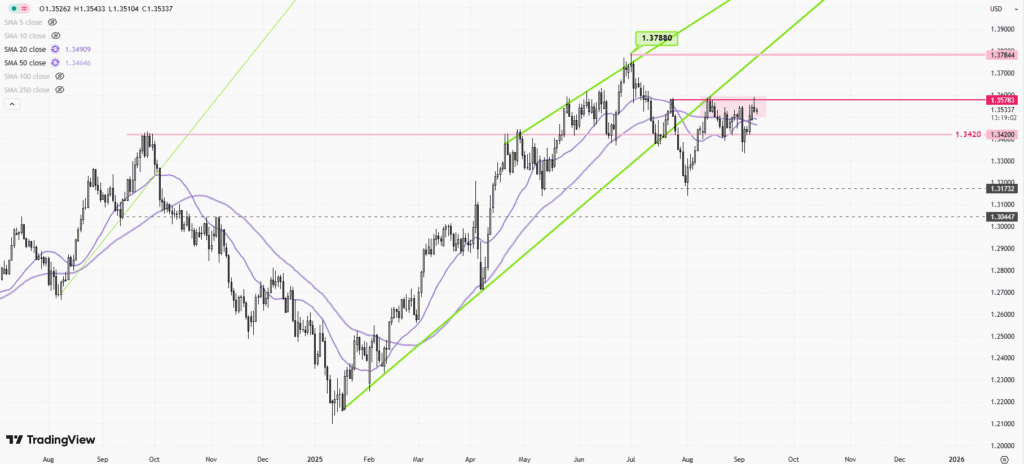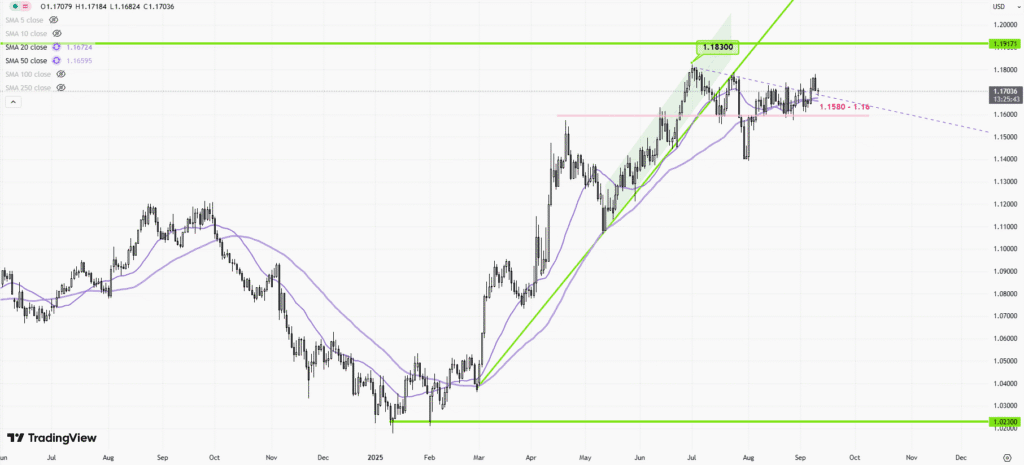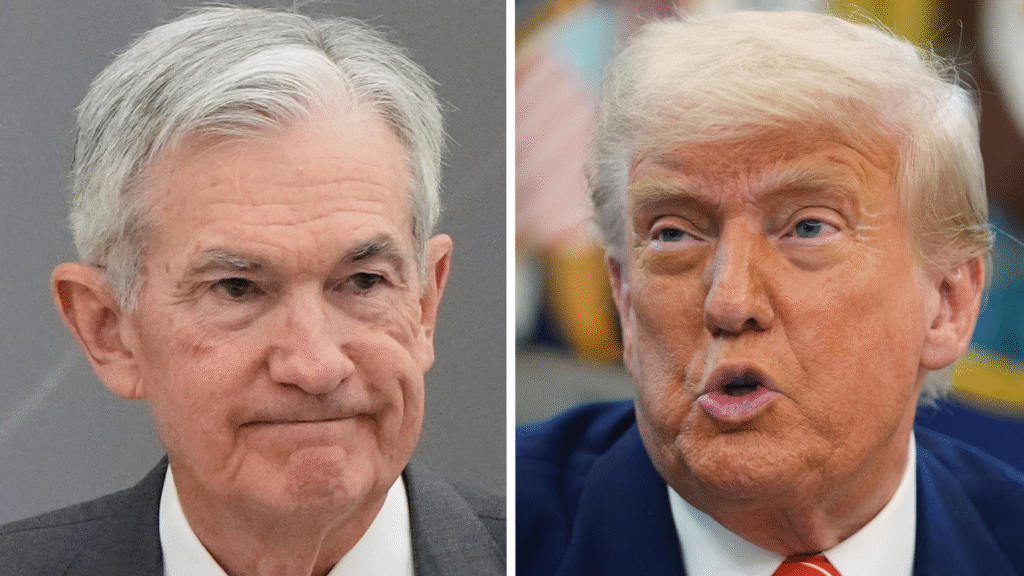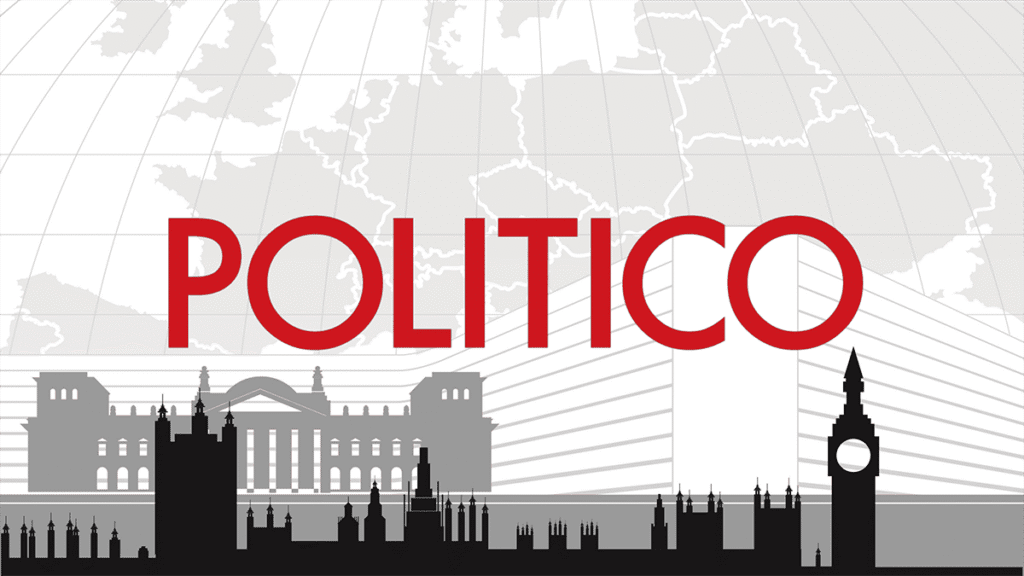 |
| Gold V.1.3.1 signal Telegram Channel (English) |
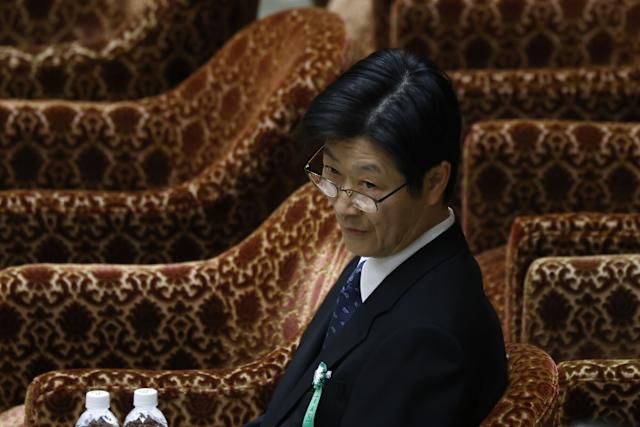
Bank of Japan Eyes Economic Shift: Wage Growth and Labor Shortages Drive Domestic Demand, Rate Hikes and Risk Balance Under Scrutiny
2025-05-13 @ 23:23
The Bank of Japan is at a turning point as it reassesses its long-standing monetary stance, and signs of structural change in the Japanese economy are starting to show. In a recent speech, BOJ Deputy Governor Shinichi Uchida highlighted that, despite some softness in short-term inflation momentum, continued labor shortages are pressing companies to keep raising wages—a key signal that domestic demand may finally be starting to anchor inflation more sustainably.
Recent data has shown a mixed inflation picture. Tokyo’s core CPI jumped to 3.4% in April—its highest in almost two years—mainly driven by the expiry of government subsidies and food price hikes in the new fiscal year. However, the core-core index—excluding energy and fresh food—only rose 2% year-over-year, indicating that consumer-driven inflation is still developing. Companies, especially smaller ones, are not yet fully passing labor cost increases onto prices, which suggests current inflation remains largely cost-push, not demand-driven.
Japan’s aging population and shrinking workforce are key structural challenges. The unemployment rate remained at a low 2.5% in March, while labor force participation stood at 63.3%. The tight labor market is prompting major companies to raise wages aggressively, while smaller firms struggle under margin pressure, leading to uneven wage and price dynamics across sectors.
Last year’s spring wage negotiations delivered a historic 5.33% average pay hike—the highest in over three decades. That momentum has carried into 2024, with nominal wages in February rising 3.1% year-on-year. Manufacturing and services saw increases of 4.2% and 2.9% respectively. Notably, part-time hourly wages rose a striking 6.8%, underscoring severe labor shortages in the service sector.
A revised minimum wage law helped push the national average hourly wage to ¥1,142 last year, prompting catch-up adjustments in low-wage industries. These gains are expected to support broader wage growth into the second half of this year. Uchida emphasized that wage hikes are now driven more by the need to secure labor than by inflation expectations, signaling a fundamental shift in Japan’s labor dynamics.
On the monetary front, the BOJ officially ended its negative interest rate policy earlier this year, lifting its benchmark rate to 0.5%. But in light of increasing global uncertainties—especially renewed tariff risks from the U.S.—the central bank remains cautious about future rate hikes. New tariffs could squeeze exporters while lowering import costs by strengthening the yen, boosting household purchasing power. However, this dual effect complicates monetary policy decisions: tightening too quickly could stifle demand, while delaying normalization may fuel speculative yen trades.
If this year’s wage negotiations yield similar results, the market expects a possible rate hike to 0.75% by July. But geopolitical risks remain a major variable—U.S. tariffs on major trading partners could shrink Japan’s GDP by over 1%, which would likely lead to more conservative forecasts from the BOJ.
Overall, Japan is shifting away from an inflation model driven by import costs toward one supported by domestic demand and wage growth. However, challenges linger. Q1 consumer spending grew only 0.3%, and real wages continue to fall, putting a drag on household consumption. The government’s nominal wage growth target for this year is 2.8%, and meeting that benchmark could give domestic demand stronger footing.
Uchida closed by urging companies to seize this inflection point to invest in automation and digital transformation. With productivity gains, Japan may be able to absorb inflationary pressures even amid external shocks, securing steady economic growth in a new normal.
As Japan traverses this deep economic transition, the BOJ and markets are walking a fine line. In a world of constant change, flexibility and caution may well define the next chapter in Japan’s economic playbook.


